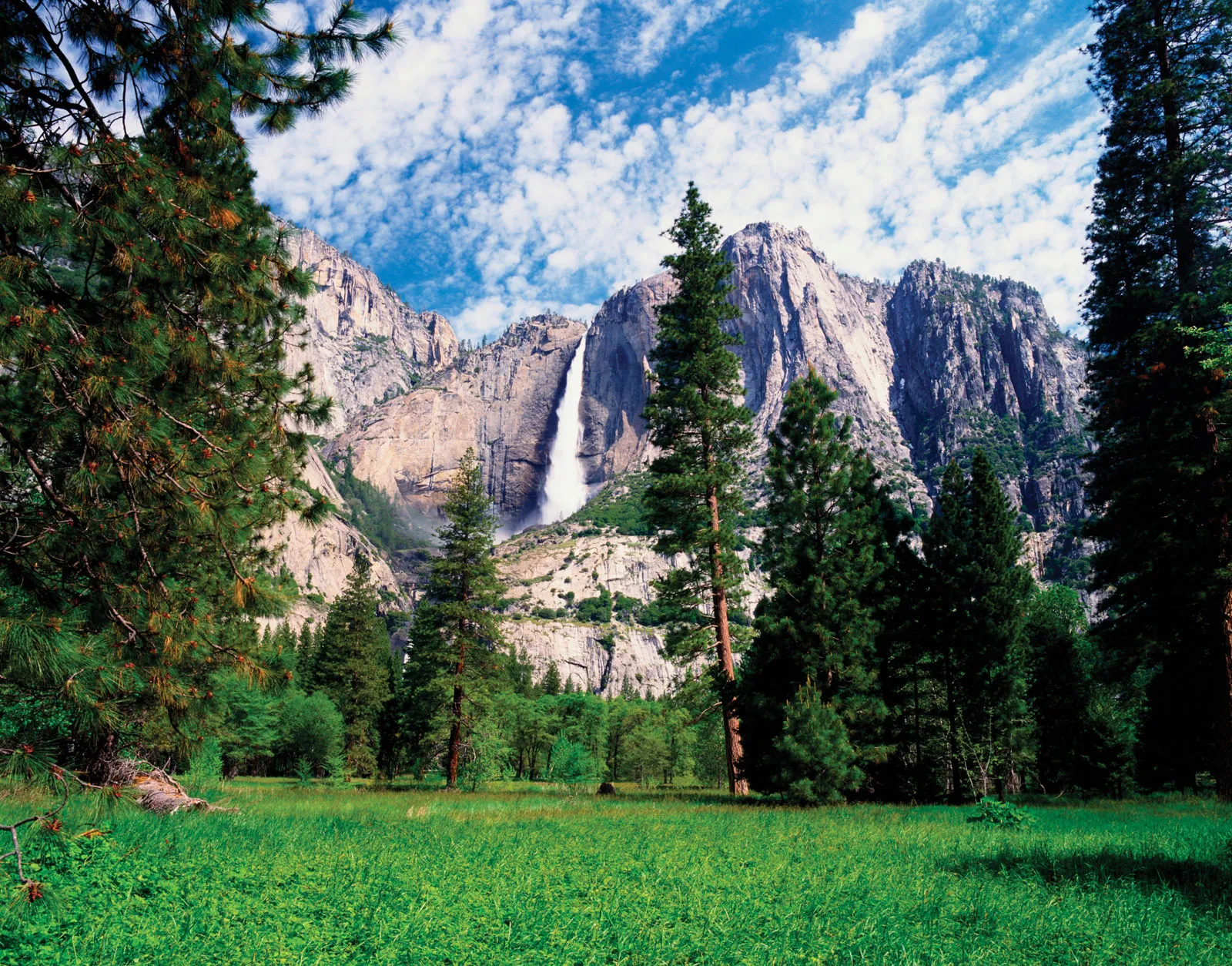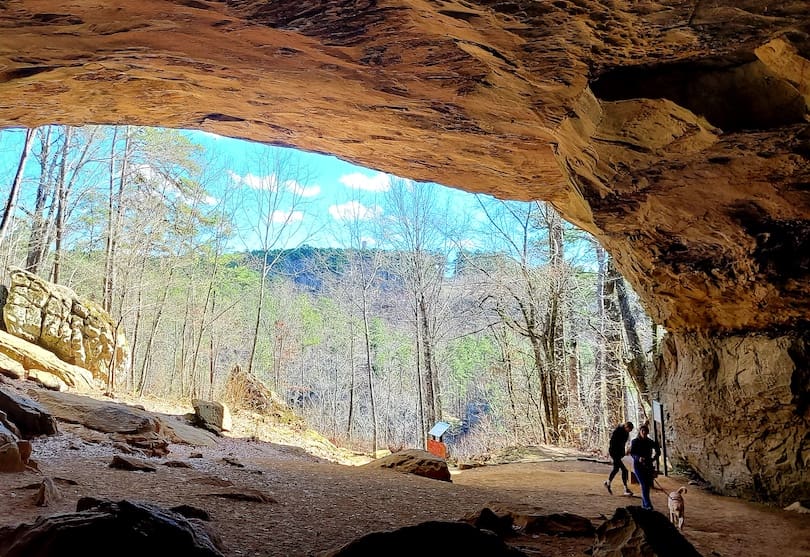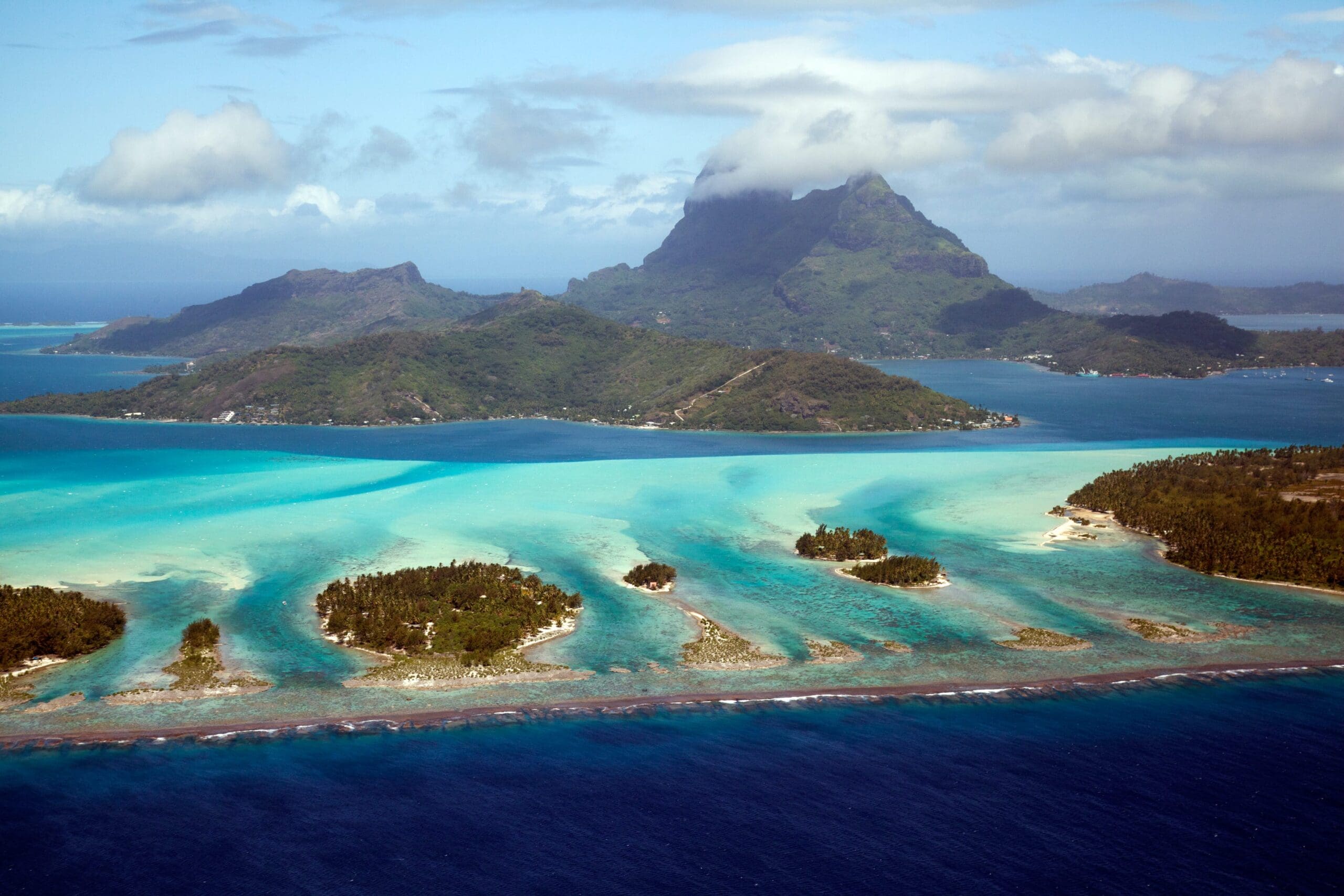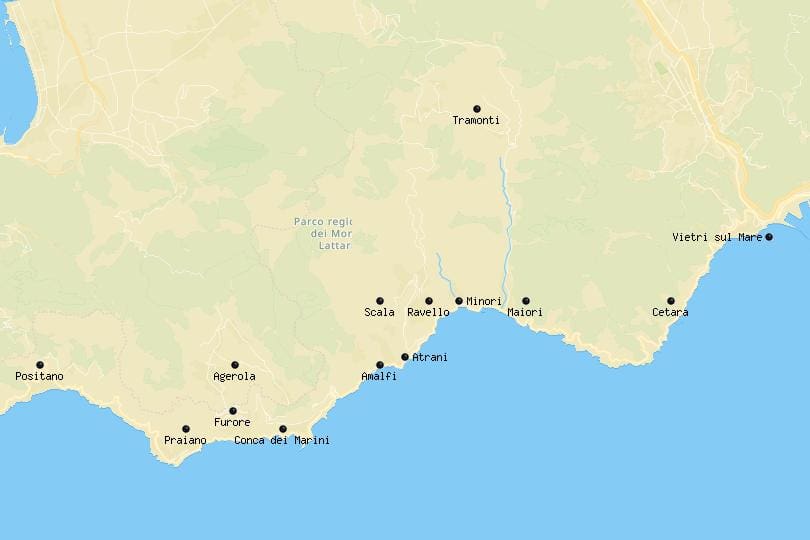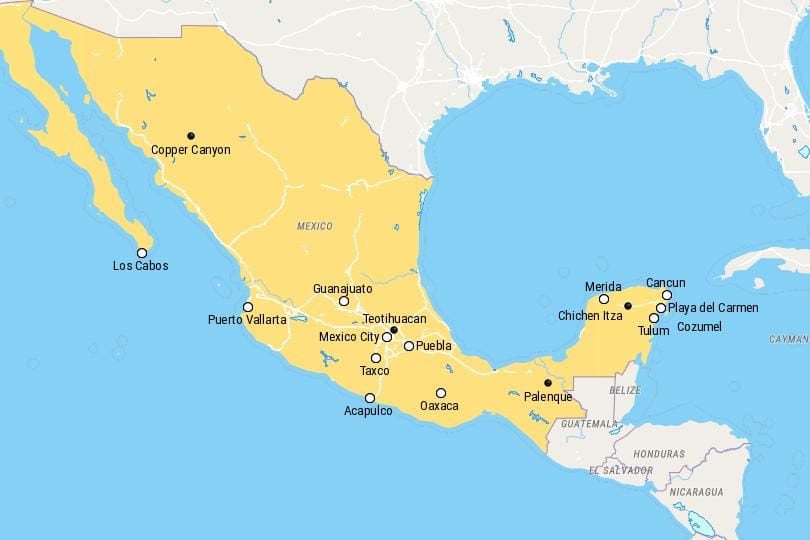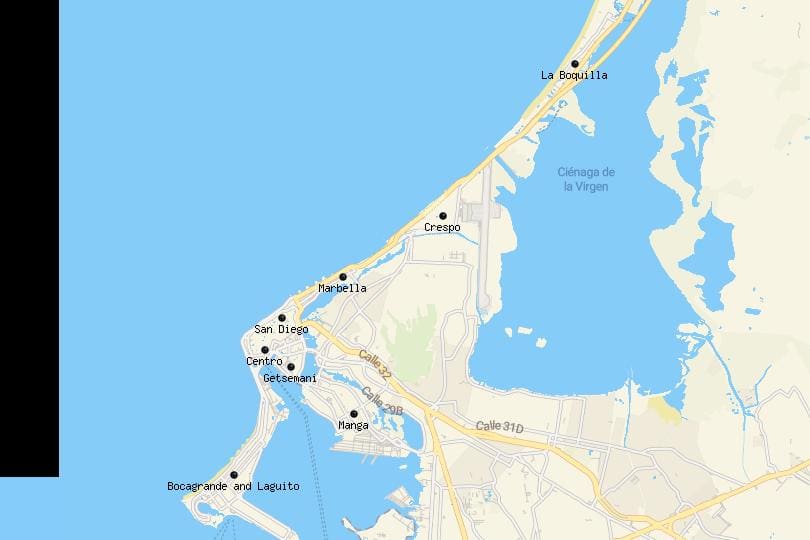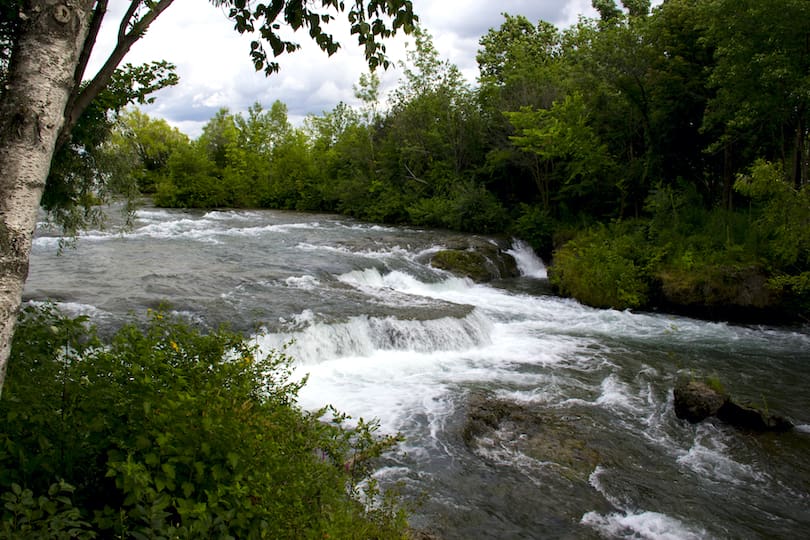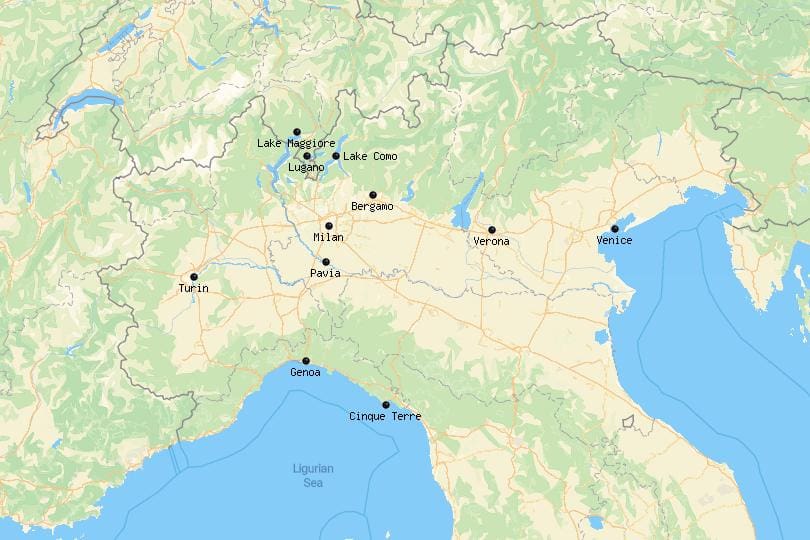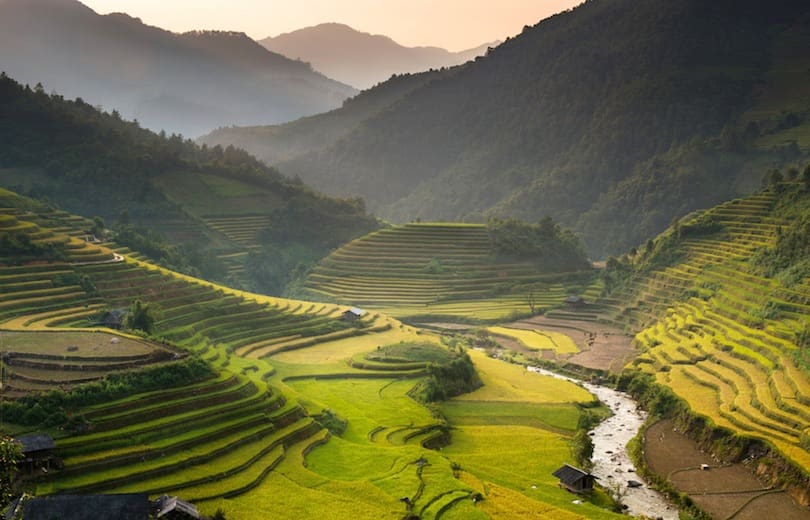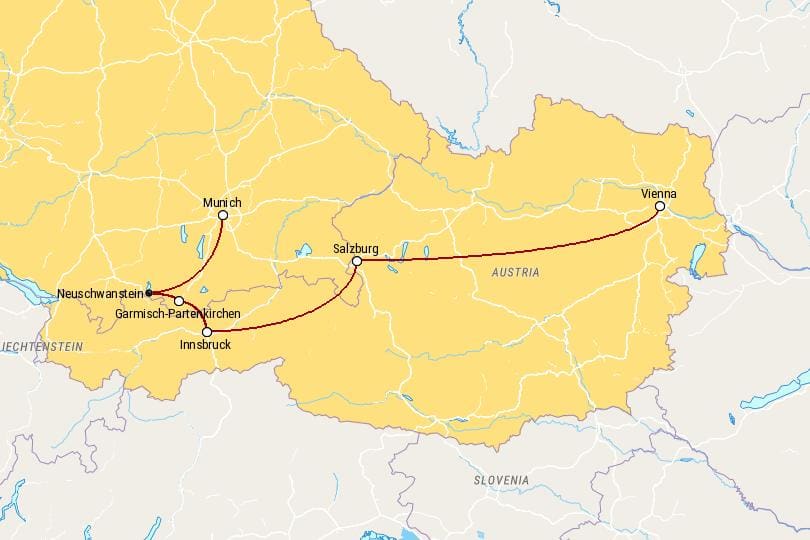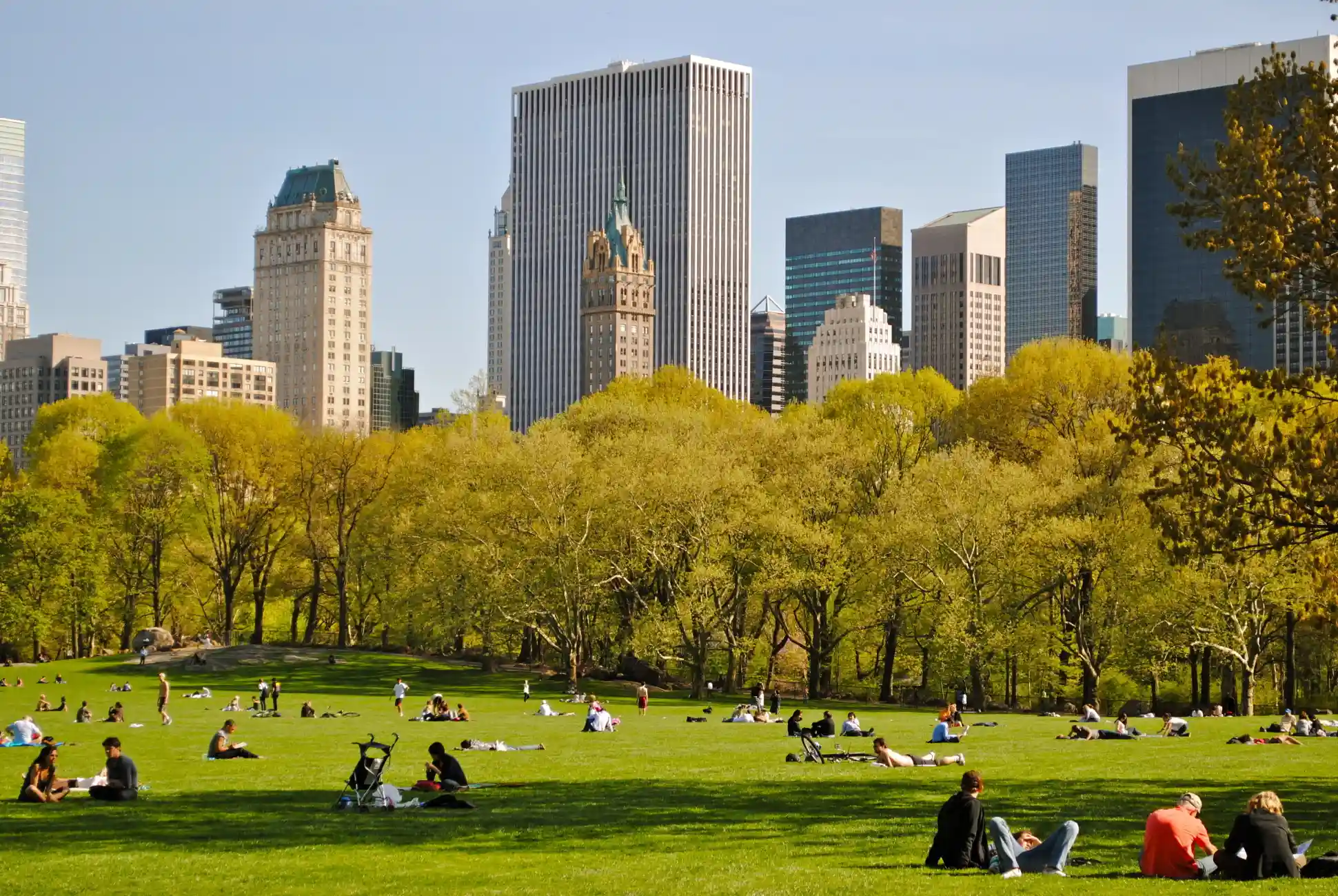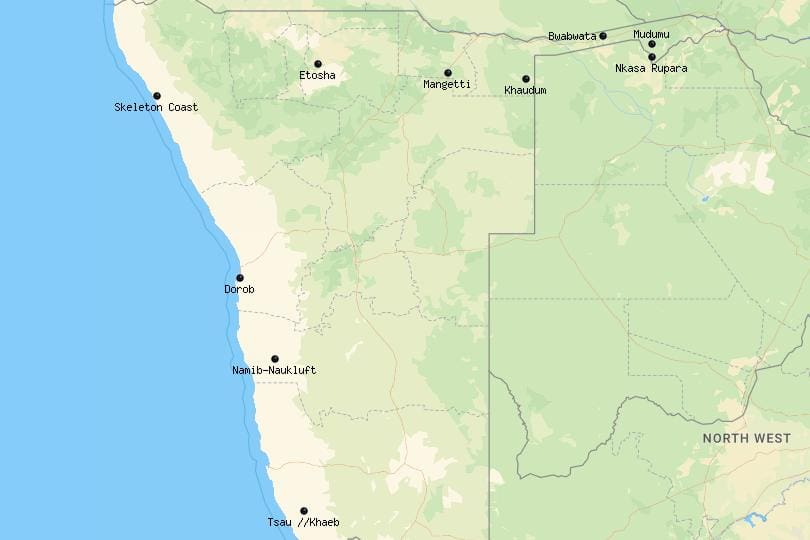Hawaii is a paradise of islands located in the Pacific Ocean. It is a place where nature is at its best, and one can explore the beauty of the natural world through its national parks. The eight national parks in Hawaii are a reflection of its unique cultural and natural heritage, and each one of them is worth a visit. In this article, we will take a closer look at the eight most amazing national parks in Hawaii.
- Hawaii Volcanoes National Park
- History of Hawaii Volcanoes National Park
- Attractions in Hawaii Volcanoes National Park
- Tips for Visiting Hawaii Volcanoes National Park
Hawaii Volcanoes National Park is one of the most popular national parks in Hawaii. It is located on the Big Island of Hawaii and is known for its active volcanoes, Kilauea and Mauna Loa. The park covers an area of 333,000 acres and is home to diverse flora and fauna.
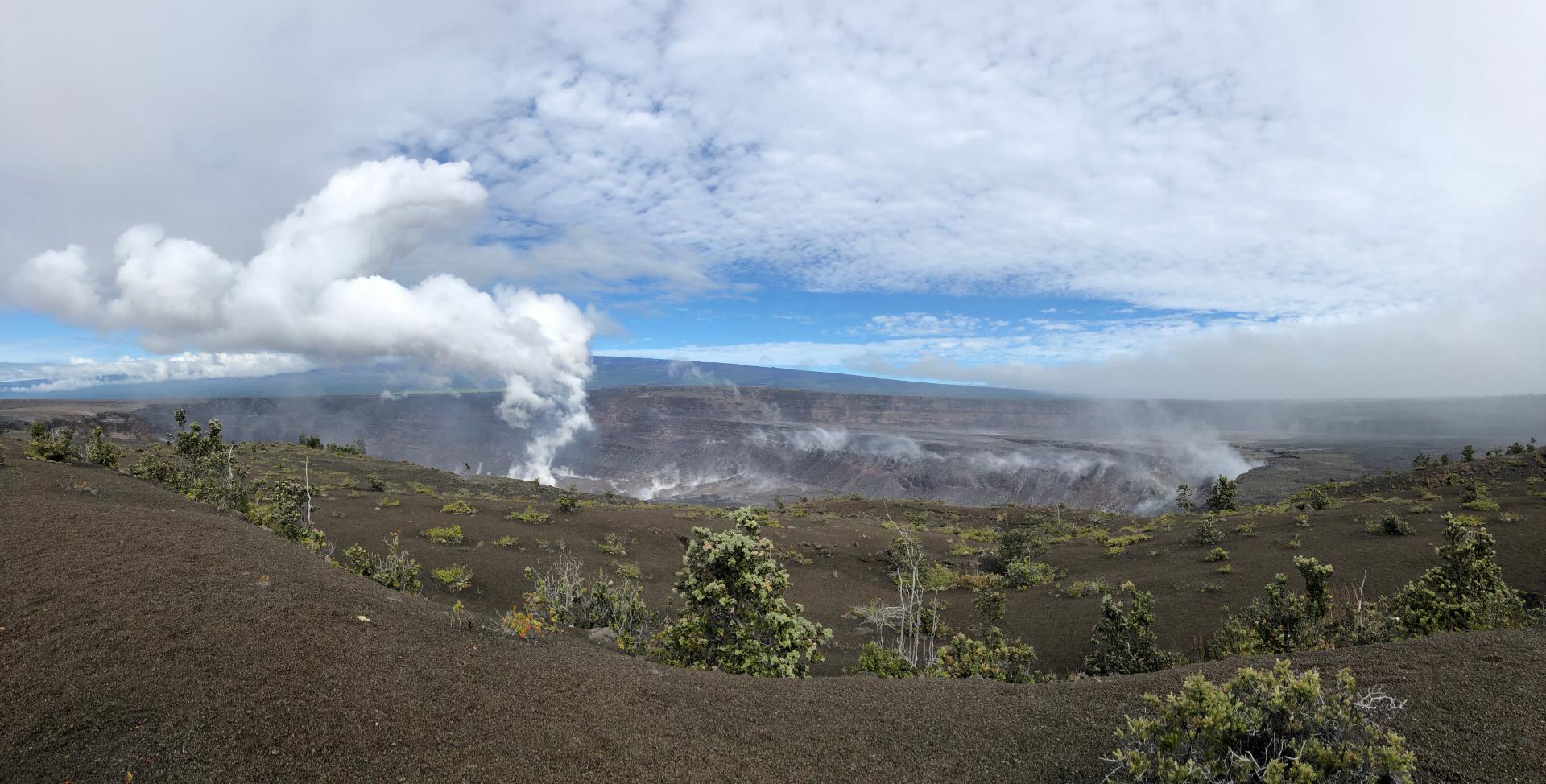
History of Hawaii Volcanoes National Park The park was established in 1916, making it one of the oldest national parks in the United States. It was initially created to protect the Kilauea and Mauna Loa volcanoes, which are two of the most active volcanoes in the world. The park has since expanded to include other natural features like lava tubes, craters, and steam vents.
Attractions in Hawaii Volcanoes National Park Hawaii Volcanoes National Park is a must-visit destination for anyone visiting Hawaii. Some of the attractions in the park include the Kilauea Visitor Center, which offers information about the park’s history and geology. The park also features a number of hiking trails, including the popular Crater Rim Trail, which offers stunning views of the park’s volcanic landscapes.
One of the unique features of the park is the Kilauea Caldera, which is a massive depression caused by the collapse of the volcano’s summit. The caldera is home to Halema’uma’u Crater, which is a popular spot for viewing the park’s active volcano.
Tips for Visiting Hawaii Volcanoes National Park When visiting Hawaii Volcanoes National Park, it is important to be prepared for the park’s unique environment. The park is located at high altitude, which can make it cooler than other parts of Hawaii. Visitors should also be prepared for the park’s rugged terrain and bring appropriate hiking gear.
- Haleakala National Park
- History of Haleakala National Park
- Attractions in Haleakala National Park
- Tips for Visiting Haleakala National Park
Haleakala National Park is located on the island of Maui and is known for its unique volcanic landscapes. The park covers an area of 33,265 acres and is home to diverse plant and animal species.
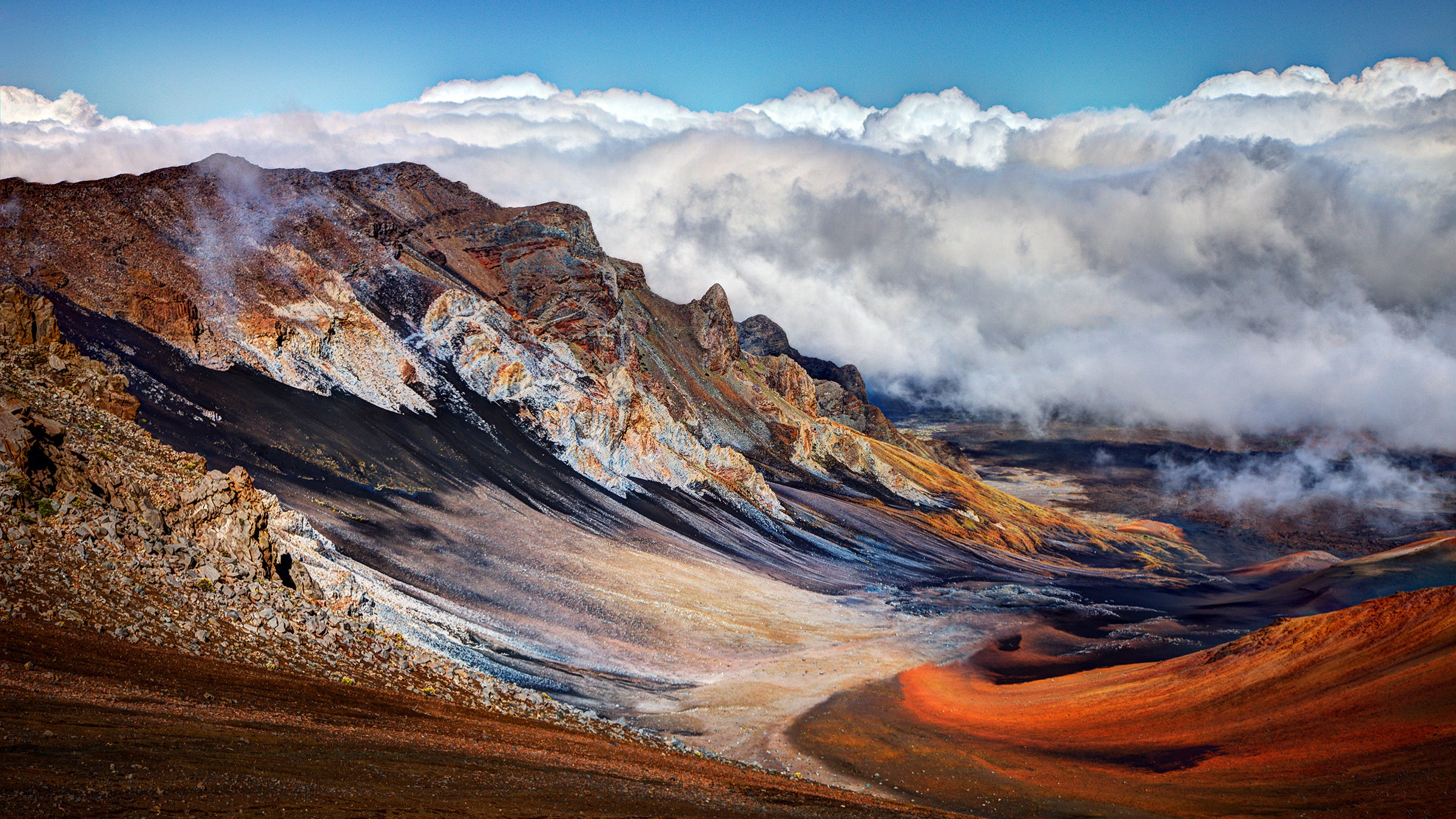
History of Haleakala National Park Haleakala National Park was established in 1916 to protect the Haleakala volcano, which is one of the largest dormant volcanoes in the world. The park has since expanded to include other natural features, including the Kipahulu Valley and the Oheo Gulch.
Attractions in Haleakala National Park Haleakala National Park is a popular destination for visitors to Maui. Some of the park’s top attractions include the Haleakala Visitor Center, which offers information about the park’s history and geology. The park also features a number of hiking trails, including the popular Halemau’u Trail, which offers stunning views of the park’s volcanic landscapes.
One of the unique features of the park is the sunrise at the summit of Haleakala, which is a popular activity for visitors to the park. The sunrise experience requires an early wake-up call, but it is worth it for the breathtaking views of the sun rising above the clouds. Visitors can also stargaze at the summit, which is considered one of the best places in the world for stargazing.
Another popular attraction in Haleakala National Park is the Seven Sacred Pools, which is located in the Oheo Gulch. This area is home to a series of waterfalls and pools that are perfect for swimming and relaxing.
Tips for Visiting Haleakala National Park When visiting Haleakala National Park, it is important to be prepared for the park’s unique environment. The park is located at high altitude, which can make it cooler than other parts of Maui. Visitors should also be prepared for the park’s rugged terrain and bring appropriate hiking gear.
It is also important to note that the park has a limited capacity for visitors, especially for the sunrise at the summit of Haleakala. Visitors should make reservations ahead of time to ensure they can experience this popular attraction.
- Pu’uhonua o Honaunau National Historical Park
- History of Pu’uhonua o Honaunau National Historical Park
- Attractions in Pu’uhonua o Honaunau National Historical Park
- Tips for Visiting Pu’uhonua o Honaunau National Historical Park
Pu’uhonua o Honaunau National Historical Park is located on the Big Island of Hawaii and is a sacred place of refuge for ancient Hawaiians. The park covers an area of 420 acres and is home to numerous cultural and historical sites.
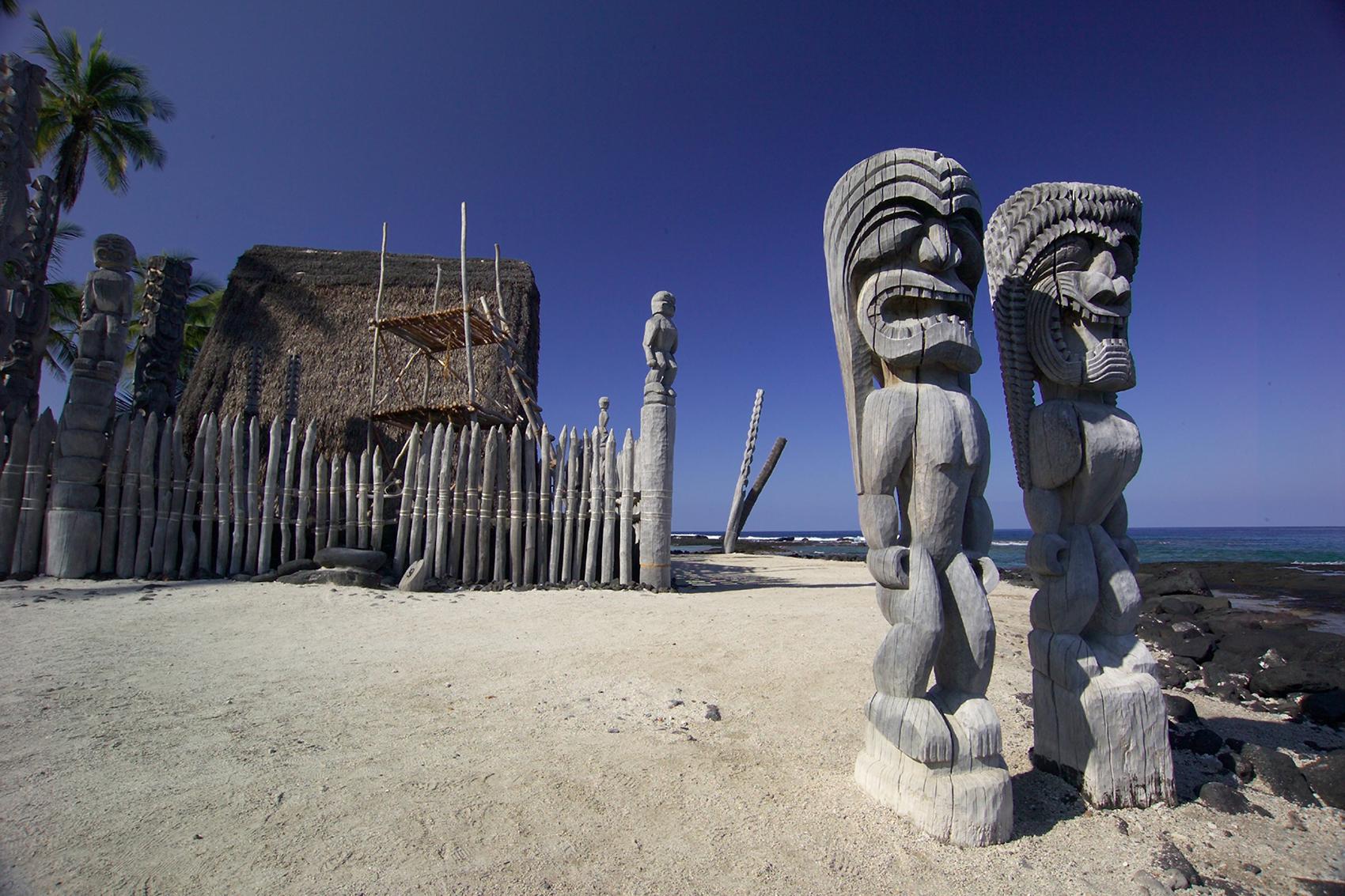
History of Pu’uhonua o Honaunau National Historical Park The park was established in 1961 to preserve and interpret the cultural and historical significance of the area. Pu’uhonua o Honaunau was a sacred place of refuge for ancient Hawaiians who had violated kapu (sacred laws). Those who reached the park’s boundaries were granted forgiveness and protection.
Attractions in Pu’uhonua o Honaunau National Historical Park Pu’uhonua o Honaunau National Historical Park is a popular destination for visitors to Hawaii. The park’s main attraction is the reconstructed Pu’uhonua (place of refuge), which offers visitors a glimpse into ancient Hawaiian culture and history.
The park also features several historic sites, including the Hale o Keawe temple, which is a sacred site that once housed the remains of Hawaiian royalty. The park also has a number of hiking trails that offer visitors a chance to explore the area’s natural beauty.
Tips for Visiting Pu’uhonua o Honaunau National Historical Park When visiting Pu’uhonua o Honaunau National Historical Park, it is important to respect the park’s cultural and historical significance. Visitors should dress appropriately and avoid touching or disturbing any of the park’s cultural sites.
The park is located in a hot and humid area, so visitors should bring plenty of water and wear sunscreen. It is also important to note that the park’s facilities are limited, so visitors should bring their own snacks and drinks.
- Kaloko-Honokohau National Historical Park
- History of Kaloko-Honokohau National Historical Park
- Attractions in Kaloko-Honokohau National Historical Park
- Tips for Visiting Kaloko-Honokohau National Historical Park
Kaloko-Honokohau National Historical Park is located on the west coast of the Big Island of Hawaii and is home to a number of cultural and historical sites. The park covers an area of 1160 acres and is home to diverse plant and animal species, making it a popular destination for nature lovers as well.

History of Kaloko-Honokohau National Historical Park
The park was established in 1978 to preserve the cultural and historical significance of the area. The park is home to ancient Hawaiian fishponds, sacred temples, and petroglyphs. These structures are a testament to the advanced engineering skills of the ancient Hawaiians and their close relationship with the environment.
Attractions in Kaloko-Honokohau National Historical Park
One of the most popular attractions in the park is the Kaloko Fishpond, which is believed to have been built over 400 years ago. The fishpond was constructed using lava rock and coral, and it is an excellent example of ancient Hawaiian aquaculture practices. Visitors can explore the fishpond and learn about the various fish species that were cultivated in the pond.
The park is also home to the Honokohau Settlement, which was once a thriving community of Hawaiian people. Visitors can see the remains of ancient homes, heiau (temples), and agricultural structures. The park rangers offer guided tours, which provide visitors with a better understanding of the lives of the ancient Hawaiians who lived in the area.
For those who enjoy hiking, there are several trails in the park that offer stunning views of the coastline and the surrounding mountains. The Ala Kahakai Trail is a popular hiking trail that runs through the park and along the coastline.
Tips for Visiting Kaloko-Honokohau National Historical Park
When visiting Kaloko-Honokohau National Historical Park, visitors should wear comfortable shoes for walking on uneven terrain. It is also important to bring plenty of water and sunscreen, as the park is located in a hot and sunny area. Visitors should also respect the cultural and historical significance of the area by following park rules and regulations.
It is recommended to bring a picnic lunch or snacks, as there are no restaurants or food vendors in the park. However, there are picnic areas available for visitors to use. Additionally, visitors can purchase souvenirs and learn more about the park’s history at the visitor center.
In conclusion, Kaloko-Honokohau National Historical Park is a must-visit destination for those interested in Hawaiian culture and history. With its ancient fishponds, sacred temples, and hiking trails, the park offers visitors a unique glimpse into the lives of the ancient Hawaiians. By following these tips for visiting the park, visitors can make the most out of their experience and create lasting memories.
FAQs:
- What is the best time of day to visit Kaloko-Honokohau National Historical Park?
- The best time of day to visit the park is in the morning or late afternoon when the sun is not as strong.
- Is there an admission fee for Kaloko-Honokohau National Historical Park?
- No, the park is free to enter.
- Can visitors swim in the ocean at Kaloko-Honokohau National Historical Park?
- Yes, visitors can swim in the ocean, but it is important to follow all safety precautions.
- Are there guided tours available at the park?
- Yes, park rangers offer guided tours of the park’s cultural and historical sites.
- What should visitors bring when visiting Kaloko-Honokohau National Historical Park?
- Visitors should wear comfortable shoes, bring plenty of water and sunscreen, and pack a picnic lunch or snacks as there are no restaurants or food vendors in the park.

